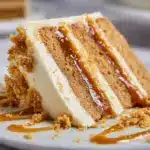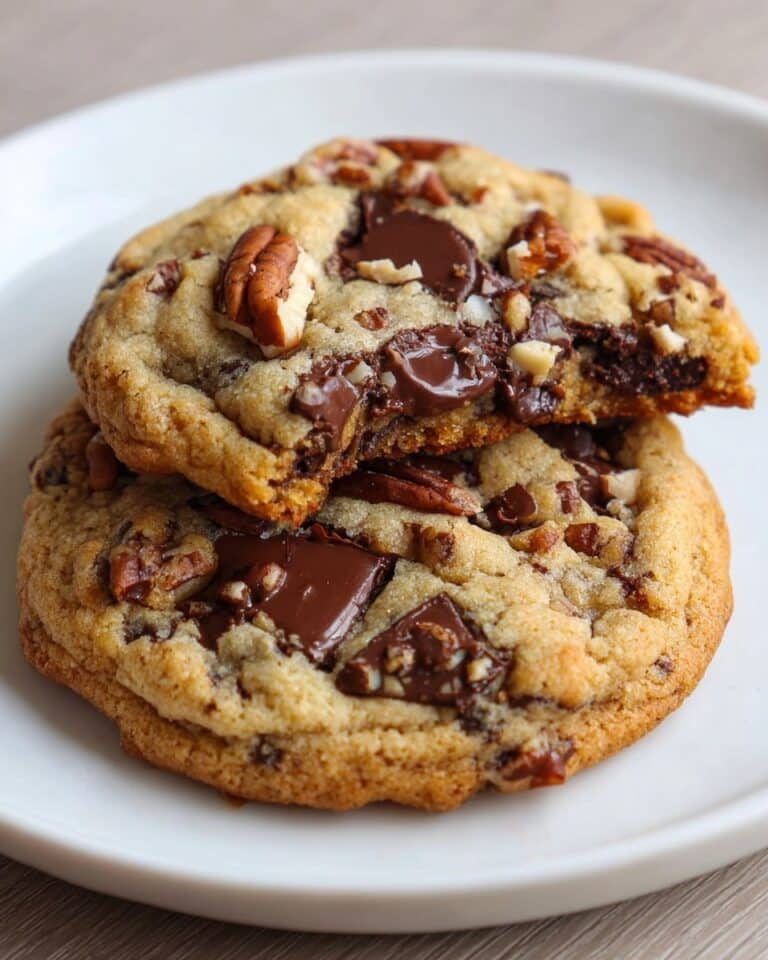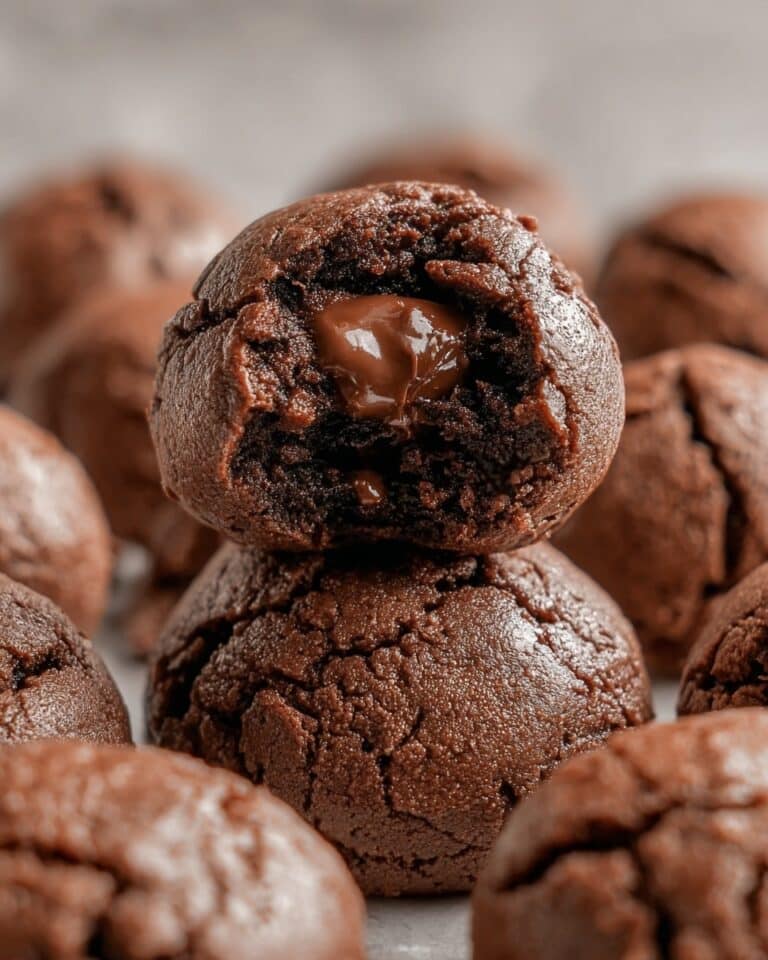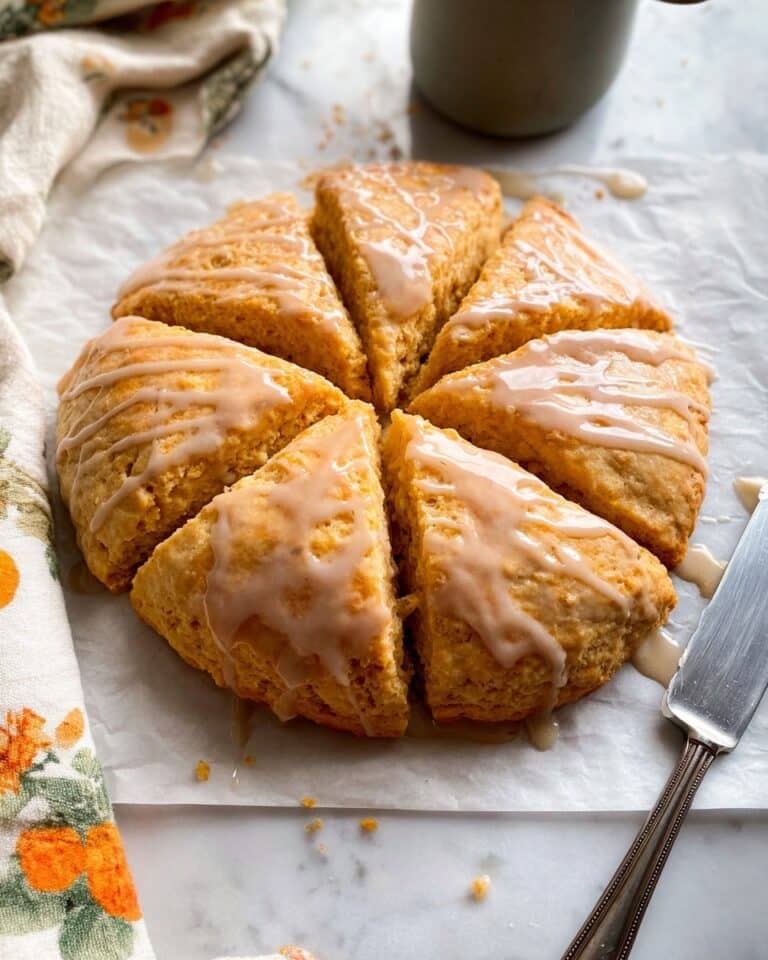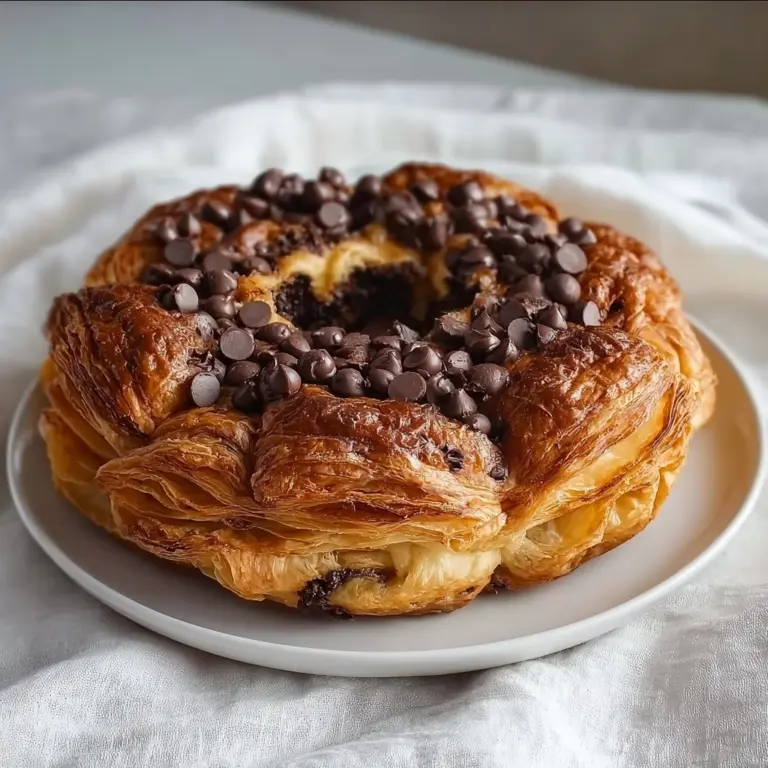Biscoff Cake Recipe
There is nothing quite like the sweet, cozy magic of a homemade Biscoff Cake to brighten your day and satisfy your dessert cravings. This luscious treat combines the warm spices, buttery softness, and irresistible caramelized notes of Biscoff cookie butter into a cake that’s as comforting as it is impressive. Every bite melts in your mouth with the perfect balance of moist cake layers and silky, dreamy frosting packed with that iconic spiced cookie flavor. Whether you’re a longtime fan of Biscoff or just discovering its charm, this Biscoff Cake is sure to become your new favorite indulgence to bake and share with friends and family.
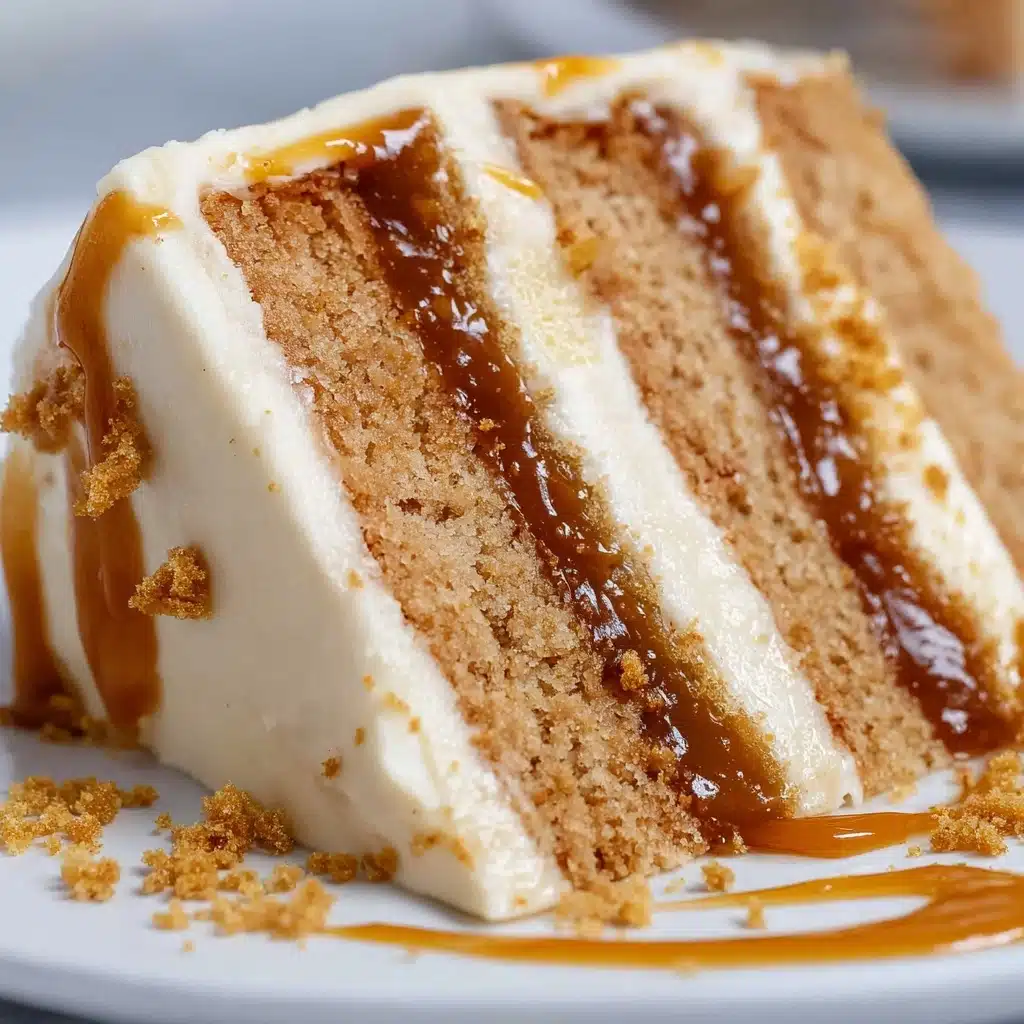
Ingredients You’ll Need
Gathering these simple yet essential ingredients sets the foundation for a Biscoff Cake that boasts rich flavor, tender crumb, and a frosting that’s the dreamiest of them all. Each component plays a key role, from tenderizing the cake to enhancing the deep caramel notes and spice that define this dessert.
- All-purpose flour (3 cups / 375g): Provides structure and tenderness for perfect cake layers.
- Granulated sugar (1 cup / 200g): Balances sweetness and helps create a lovely cake crumb.
- Dark or light brown sugar (2 cups / 400g): Adds moisture and a rich, caramel flavor essential for that Biscoff spirit.
- Baking powder (2 1/2 tsp / 10g): Ensures your cake rises beautifully and stays light.
- Ground cinnamon (2 tsp / 5g): Brings warm, inviting spice notes that pair perfectly with Biscoff flavors.
- Fine salt (1 tsp / 6g): Enhances all the sweet and spiced flavors.
- Unsalted butter (1 cup / 226g + 3 cups / 678g): Key for richness and creaminess in both cake and frosting, use room temperature for best results.
- Egg whites (1 cup or 7 large, 240g): Provides structure while keeping the cake light and tender.
- Buttermilk (1 1/2 cups / 360g): Adds moisture and acidity to activate the leavening for fluffy layers.
- Vegetable or canola oil (2 Tbsp / 28g): Keeps the cake moist and soft.
- Vanilla extract or vanilla bean paste (2 tsp + 1 Tbsp / 20g total): Lends a rich, aromatic note that complements the cookie butter.
- Powdered sugar (10 cups / 1250g): Creates the silky base of the luscious frosting.
- Heavy whipping cream (1/2 cup + 1/4 cup / 180g total): Adds smoothness and lightness to the frosting textures.
- Cookie butter (1 cup / 390g): The star ingredient that packs that unforgettable spiced caramel flavor.
- Biscoff cookies (12, chopped): Adds delightful crunch and garnishing flair.
How to Make Biscoff Cake
Step 1: Prepare the Dry Ingredients
Begin by sifting together your flour, baking powder, cinnamon, and salt. Mixing these dry components thoroughly ensures an even distribution of spices and leavening agents, which is crucial for your Biscoff Cake’s uniform texture and flavor.
Step 2: Cream the Butter and Sugars
Using an electric mixer, cream the room temperature butter with both granulated and brown sugars until light, fluffy, and pale in color. This step is the backbone of your cake’s moist crumb and captures the deep caramel sweetness that blends perfectly with cookie butter.
Step 3: Incorporate the Wet Ingredients
Slowly add egg whites one at a time, mixing thoroughly after each addition to maintain structure. Then alternate adding the buttermilk and dry ingredients to the creamed butter mixture, beginning and ending with the dry. Stir in the oil and vanilla for extra moisture and fragrant warmth essential to a memorable Biscoff Cake.
Step 4: Bake the Cake Layers
Pour the batter evenly into prepared cake pans and bake at 350°F (175°C) for about 25 to 30 minutes, or until a toothpick inserted comes out clean. The edges should be golden brown with a springy center. Let them cool completely to maintain the cake’s tender texture.
Step 5: Whip Up the Biscoff Frosting
Cream the larger portion of butter until fluffy, then blend in vanilla extract, salt, and cookie butter. Gradually add powdered sugar, alternating with heavy whipping cream, until achieving a light, spreadable consistency.
Step 6: Assemble the Biscoff Cake
Place the first cake layer on your serving plate, spread an even layer of frosting, then repeat with remaining layers. Finish by covering the top and sides with frosting. Garnish with chopped Biscoff cookies for added crunch and a charming visual hint at the delicious flavors inside.
How to Serve Biscoff Cake
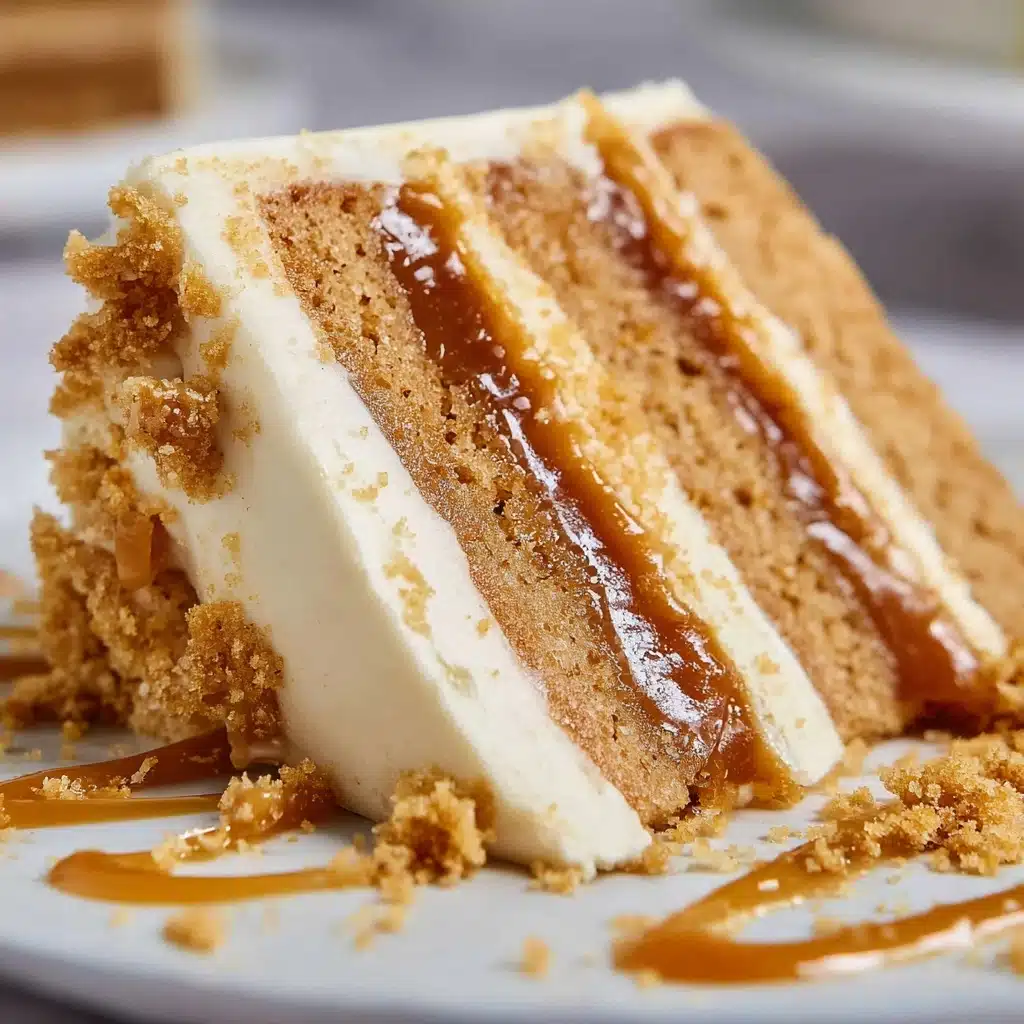
Garnishes
A sprinkle of crushed Biscoff cookies on top adds texture and a beautiful toasted caramel crunch that highlights the cake’s signature taste. Fresh berries or a light dusting of cinnamon can also brighten up the presentation and add a subtle pop of freshness.
Side Dishes
Serve the Biscoff Cake with hot beverages like coffee, chai tea, or a cozy latte to complement the warm spices and sweetness. A dollop of whipped cream or a scoop of vanilla ice cream on the side elevates the richness and rounds out the indulgence perfectly.
Creative Ways to Present
Turn your Biscoff Cake into a showstopper by layering it in a clear trifle dish with extra cookie butter and chopped Biscoff cookies sprinkled between layers. Alternatively, cut into small squares and serve as bite-sized treats for parties or a dessert buffet, showcasing elegance with ease.
Make Ahead and Storage
Storing Leftovers
Keep your Biscoff Cake fresh by covering it tightly with plastic wrap or storing in an airtight container at room temperature for up to two days. For longer freshness, refrigerate but allow the cake to come to room temperature before serving to enjoy its full buttery softness.
Freezing
To freeze, wrap the cake securely in several layers of plastic wrap and then foil to prevent freezer burn. It freezes beautifully for up to three months. Thaw overnight in the refrigerator and finish with fresh frosting or garnishes if desired.
Reheating
While the Biscoff Cake is best enjoyed chilled or at room temperature, if you prefer a warm slice, briefly microwave a piece for 10 to 15 seconds. Pair it with a bit of ice cream for a cozy, gooey treat that’s hard to resist.
FAQs
Can I use whole eggs instead of egg whites in the Biscoff Cake?
Using only egg whites keeps the cake light and tender, but you can experiment with whole eggs if you prefer a richer texture; just be aware it may slightly change the crumb.
Is it necessary to use buttermilk?
Buttermilk adds acidity that enhances fluffiness by reacting with baking powder, but if unavailable, you can substitute with milk plus a tablespoon of lemon juice or vinegar.
Can I substitute cookie butter with something else?
The cookie butter is central to the cake’s unique flavor, but peanut butter or other nut butters can be used in a pinch, though it will change the characteristic taste.
How do I prevent the frosting from being too sweet?
Balancing powdered sugar with salt and butter helps temper sweetness. Adding vanilla bean paste adds depth, making the frosting flavorful but not overpowering.
Can I make this cake gluten-free?
Yes, by swapping all-purpose flour for a gluten-free blend that includes xanthan gum, you can create a delicious gluten-free Biscoff Cake without compromising much on texture.
Final Thoughts
Making a Biscoff Cake at home is such a rewarding experience, combining familiar comforting flavors with the thrill of baking something a bit special. Whether you’re treating yourself or impressing guests, this cake brings warmth, sweetness, and a touch of magic to any occasion. I can’t wait for you to try it and savor every delightful bite you’ll want to make again and again.
PrintBiscoff Cake Recipe
This rich and indulgent Biscoff Cake combines layers of moist cinnamon-spiced cake with a luscious Biscoff cookie butter frosting, studded with crunchy Biscoff cookie pieces. Perfect for special occasions or when you want to treat yourself to a unique dessert bursting with warm, caramelized flavors.
- Prep Time: 25 minutes
- Cook Time: 35 minutes
- Total Time: 1 hour
- Yield: 12 servings 1x
- Category: Dessert
- Method: Baking
- Cuisine: American
- Diet: Vegetarian
Ingredients
Dry Ingredients
- 3 cups all-purpose flour (375g)
- 1 cup granulated sugar (200g)
- 2 cups packed dark or light brown sugar (400g)
- 2 1/2 tsp baking powder (10g)
- 2 tsp ground cinnamon (5g)
- 1 tsp fine salt (6g)
Wet Ingredients for Cake Batter
- 1 cup (2 sticks) unsalted butter, room temperature (226g)
- 1 cup carton egg whites or 7 large egg whites, room temperature (240g)
- 1 1/2 cups buttermilk, room temperature (360g)
- 2 Tbsp vegetable or canola oil (28g)
- 2 tsp vanilla extract or vanilla bean paste (8g)
Frosting Ingredients
- 3 cups (6 sticks) unsalted butter, room temperature (678g)
- 1 Tbsp vanilla extract or vanilla bean paste (12g)
- 1 1/2 tsp fine salt (9g)
- 10 cups powdered sugar (1250g)
- 1/2 cup heavy whipping cream, room temperature (120g)
- 1 cup cookie butter (390g)
- 1/4 cup heavy whipping cream, room temperature (60g)
Additional
- 12 Biscoff cookies (cut into small pieces)
Instructions
- Prepare Dry Ingredients: In a large bowl, sift together the all-purpose flour, granulated sugar, brown sugar, baking powder, ground cinnamon, and fine salt. This ensures your dry ingredients are well combined and aerated, helping to produce a light cake texture.
- Cream Butter and Mix Wet Ingredients: In a separate large mixing bowl, cream the 1 cup of unsalted butter until light and fluffy. Add the egg whites gradually while continuing to mix. Then, alternate adding the buttermilk and vegetable oil, mixing thoroughly after each addition. Finally, stir in the vanilla extract or vanilla bean paste to infuse aromatic flavor.
- Combine Dry and Wet Mixtures: Gradually add the dry ingredient mixture into the wet ingredients, mixing gently to avoid overworking the batter. The batter should be well combined but still moist and smooth.
- Bake the Cake Layers: Preheat your oven to 350°F (175°C). Grease and flour your cake pans. Divide the batter evenly among the pans and bake for approximately 30-35 minutes or until a toothpick inserted into the center comes out clean. Remove from oven and allow layers to cool completely.
- Prepare the Frosting: In a large bowl, beat the 3 cups of unsalted butter until creamy. Add the vanilla extract and salt and mix until incorporated. Gradually add the powdered sugar and continue to beat on medium speed. Slowly add the 1/2 cup heavy whipping cream and cookie butter, beating until the frosting is light and fluffy. If frosting is too thick, add the additional 1/4 cup heavy cream to reach desired consistency.
- Assemble the Cake: Once the cake layers have fully cooled, place the first layer on your serving plate. Spread a generous amount of frosting evenly over the layer. Sprinkle with some of the chopped Biscoff cookie pieces for added texture. Repeat with remaining layers, finishing with a top layer of frosting.
- Decorate: Use remaining frosting to coat the sides of the cake smoothly. Garnish the top with the remaining chopped Biscoff cookies. Chill the cake for at least one hour before slicing to allow the frosting to set for a perfect finish.
- Serve and Enjoy: Slice the cake with a sharp knife, serving moist, spiced cake with creamy cookie butter frosting, a guaranteed crowd-pleaser.
Notes
- Room temperature ingredients help the batter mix more smoothly and produce a tender cake.
- You can substitute light brown sugar if dark brown sugar is unavailable, but the flavor will be slightly less intense.
- Ensure the cake layers are completely cool before frosting to prevent the frosting from melting.
- Store cake covered in the refrigerator for up to 5 days; bring to room temperature before serving.
- For a gluten-free version, use a gluten-free flour blend equal to 375g and verify baking powder is gluten-free.
Nutrition
- Serving Size: 1 slice (approx. 120g)
- Calories: 520 kcal
- Sugar: 45 g
- Sodium: 220 mg
- Fat: 30 g
- Saturated Fat: 18 g
- Unsaturated Fat: 10 g
- Trans Fat: 0.5 g
- Carbohydrates: 60 g
- Fiber: 2 g
- Protein: 5 g
- Cholesterol: 75 mg
Keywords: Biscoff cake recipe, cookie butter cake, cinnamon cake, layered cake, Biscoff frosting

